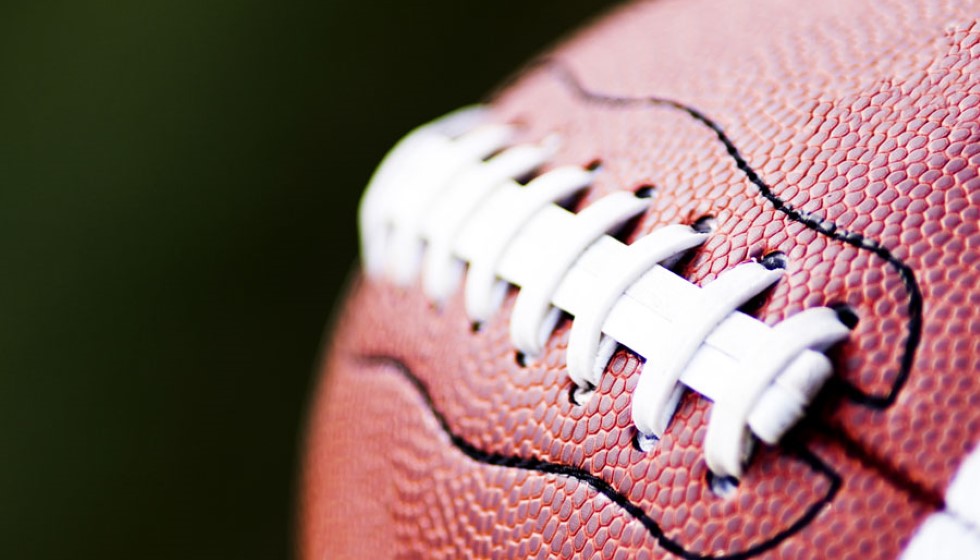
Tom Brady's Prospective Stake in the Raiders Faces Hurdles
In May 2023, the NFL community buzzed with news that legendary quarterback Tom Brady was in discussions to become a limited partner of the Las Vegas Raiders. The potential for one of football's greatest players to transition into ownership generated significant excitement among fans, commentators, and stakeholders.
However, more than a year later, this anticipated deal remains in limbo, pending the necessary approval from NFL owners. One of the major sticking points creating friction among team owners is Raiders owner Mark Davis's proposal to sell Brady a stake at a "steep discount over market value."
NFL owners are concerned about the precedent that such a discount could set, potentially introducing inequities within the league's ownership structure. Beyond the financial aspects, the potential influence and access of a high-profile partial owner like Brady have raised eyebrows across the league.
A series of stringent broadcast restrictions drafted by the league exemplifies these concerns. Brady's potential overlapping roles as both a team owner and a broadcaster necessitated deliberations about the extent of his access and influence. During a league meeting held in Minneapolis, a slide titled "Brady -- Broadcast Restrictions" was presented to the assembly of owners, outlining specific limitations designed to mitigate any conflicts of interest.
The proposed restrictions include barring Brady from being present in another team's facility or observing their practices. Additionally, Brady would not be allowed to attend broadcast production meetings, ensuring a clear separation between his ownership and any potential analyst roles.
Further steps outlined by the league include penalizing Brady for any overreaching critiques of game officials or other clubs, with potential fines or suspensions as consequences. The league's gambling and anti-tampering policies would fully apply to Brady, significantly limiting his interactions with members of other clubs. Under the anti-tampering regulations, Brady would be permitted only "strictly social communication with members of other clubs."
These prerequisites set forth by the league underscore the complexity of Brady's potential entry into NFL ownership, balancing his iconic status and influence against the league's need for equitable and transparent operations. As the next opportunity for NFL owners to vote on Brady's proposal approaches in October, all eyes will be on whether the deal will finally move forward or face further delays.
For now, the football world watches intently, awaiting the outcome of what could be one of the most significant transitions from player to owner in the history of the sport.